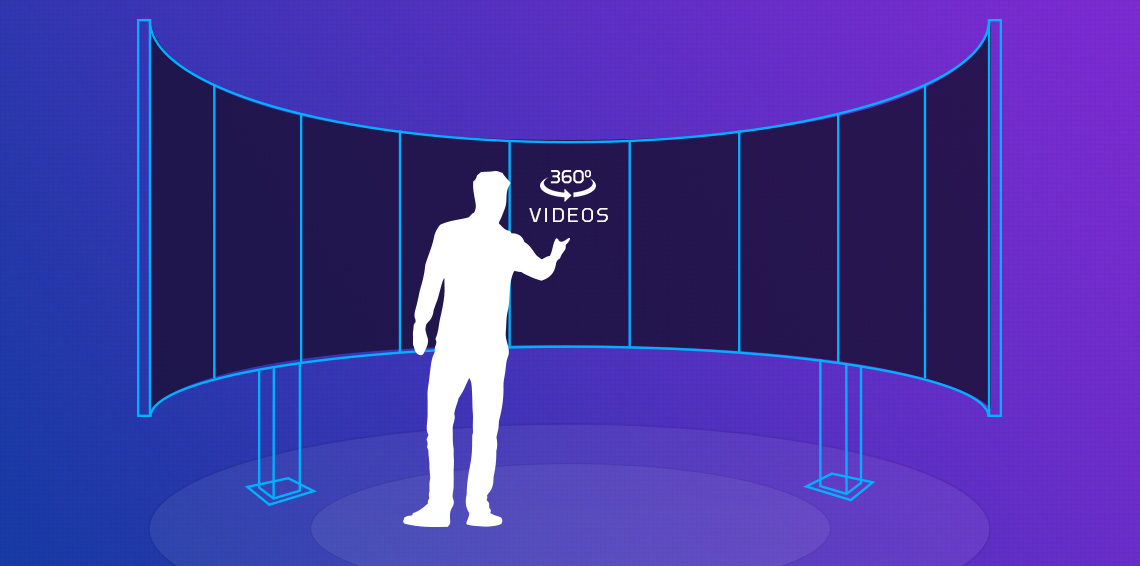In the summer of 2016, Pokemon Go became the breakout hit of the year and introduced consumers around the world to Augmented Reality technology.
Since that time, Augmented Reality, (AR), and Virtual Reality, (VR), became the new buzz words and it looked like applications using these technologies would abound in 2017. While we did not see another breakout hit like Pokemon Go in 2017, we did see interest and exposure to AR and VR increase. According to this article from VUDream, consumers became more aware and accustomed to these terms, and more people had AR and VR experiences. More importantly, people said they were willing to spend money on VR/AR gear and the interest in the technology is still growing.
In the digital signage and touch screen application space, this technology is growing as well, even though there are challenges to overcome, especially when considering having users wear headsets to view VR applications. It is one thing to wear VR goggles on in your home to play a game. It is quite another to put them on in a crowded space where others are watching and making that feel like a natural experience. For some applications, like being a football player for a day, putting a modified football helmet on to experience running on the field in a fan-packed stadium makes sense and fits the situation, but it takes a lot of creativity to make this work in every situation. Maybe there are other technologies that are a better fit.
We recently had a client who wanted to provide an immersive experience to their clientele, but they did not want a bulky helmet or VR goggles to interrupt the flow of the space. They wanted the user to become enveloped in the experience by just walking into it. RMI’s solution was a 180° video wall experience, using a lesser talked about technology: 360° video. 360° video is shot with special cameras that shoot in every direction, even up and down. The result is a video that encompasses the entire area the videographers shoot. When seen on a regular video player, these videos are warped and distorted. However, when shown on a 360° video player, the view is normal but the user has the ability to move the view in every direction to see what is happening. The first 360° video I ever saw online was a fascinating ride with the Blue Angels.
In our application, the user walks into an area where multiple HD monitors surround them in a half-circle. They can choose which 360° video they want to see and can use the center touch screen to move the view left, right, up and down. Although the monitors are only 180° around, users feel immersed in the experience because human field of view is around 120°.
One of the other challenges of this project was that the client had a wealth of standard HD videos that they wanted to incorporate into the space as well. Since there was no way to play these videos in a 360° fashion, we created a fully interactive 360° VR-world, that included a large video player within it, where our client’s videos would play. The results were stunning and perfectly seamless to display them in this way. The user is surrounded by this VR world and are still able to use the controls to pan the view left, right, up and down.
Sometimes you have to weigh all your options to find the best fit. Although 360° videos have not had the amount of press time and excitement as AR and VR technologies, it may be a perfect fit for your next interactive application. Please contact us to see how we can help create a solution that works best for your next interactive or digital signage project.


